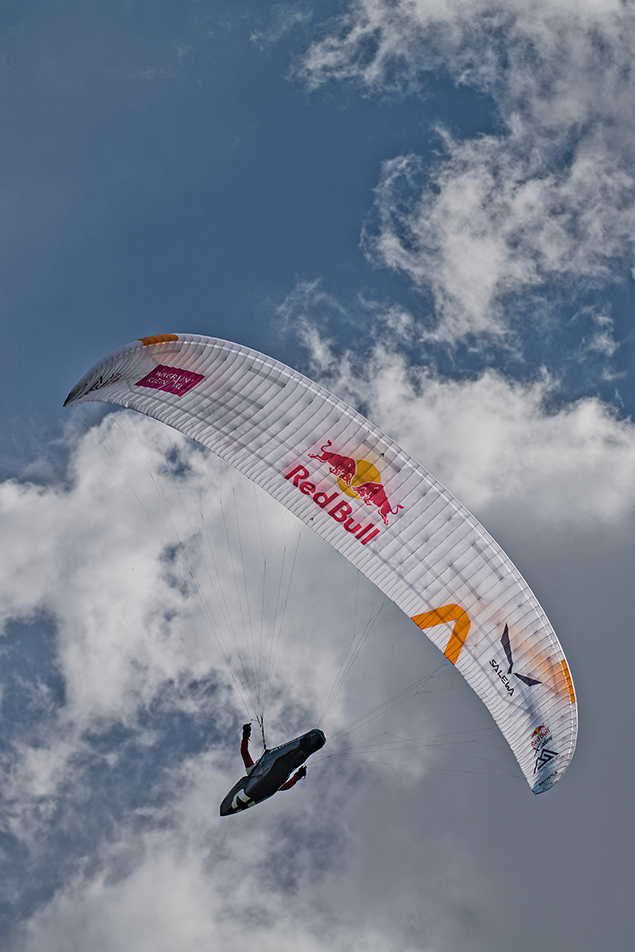How Panasonic is future-proofing their Lumix S-series lens design
posted Friday, October 25, 2019 at 2:03 PM EST

We are experiencing an imaging revolution: more photographs are being made and shared than ever before, and users and the publishing world are rapidly adopting new quality standards in both photography and video. In the past, lens engineers had to design lenses that would comply and perform well with analog film, then the standard reference point for lens design.
However, with today’s highly dynamic and high-resolution sensors, lens designers are being challenged to create new standards in optical and mechanical design, while anticipating future imaging and sensor requirements. We discussed these challenges and this philosophy with two engineers responsible for the new generation of LUMIX S-series lenses, lens product planner Mr. Shinji Watanabe, and optical lens engineer Mr. Kyoichi Bito.

What makes the full-frame S camera system so special and why is the lens design so crucial? ‘The true value of a full-frame sensor camera is the expressive potential driven by image resolution,’ explains Shinji Watanabe. ‘We have a long history of designing DSLM (digital single-lens mirrorless) camera systems and a wide range of interchangeable lenses, expertise we drew on when developing our full-frame S-series lenses. ‘Being a newcomer to the full-frame camera market may seem challenging, but it does have some potential benefits. Panasonic developed the S camera system and lenses from the ground up to meet today’s standards, and hopefully those of the future as well.
As the next generation in optical and mechanical design, ‘they offer the ability to express one’s creative ideas without compromising’. It might seem a bold statement, but this is the company responsible for many of the groundbreaking technologies that changed photography and video as we know it, including the world’s first mirrorless camera system. They continue along this innovative path with their newest professional S system and lenses.
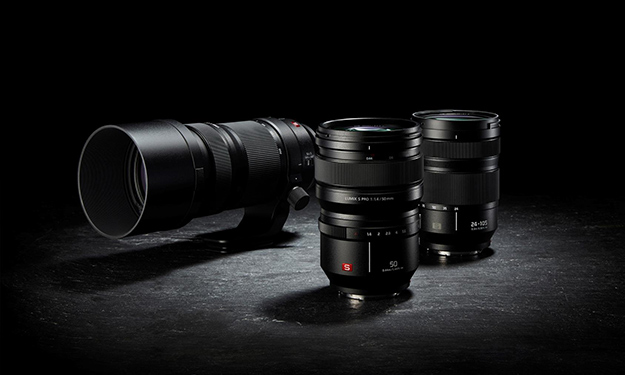
Kyoichi Bito: ‘We incorporated lots of technical advances in our new lenses such as high-speed/high-precision auto-focus (AF) and high-quality video optimization. In terms of high-speed and high-precision AF, we use super high-speed focus control at 480fps, as well as a newly developed ultrasonic assistance system to increase the speed and precision of the AF. Video performance is also one of the best, achieving smooth exposure changes and minimizing focus breathing.
LUMIX has already achieved this with its interchangeable Micro-Four-Thirds lenses. Drawing on the expertise we already possessed, we ensured that the S-series lenses incorporated these features and developed them further. Full-frame cameras require bigger and heavier lenses, so the question is how to keep them maneuverable at high speed and retain the precision. This was a challenge in terms of both optical and mechanical design. We developed a new double focus system combined with ultrasonic focus assistance to achieve high-speed and high-precision AF. Making video more elegant by compensating for focus breathing and other artifacts is quickly becoming the de facto standard for DSLM lenses.


This is something that LUMIX has been pursuing for some time with our Micro- Four-Thirds line. We encourage photographers and filmmakers to experiment with these new technologies on the LUMIX S1R, S1H and S1 and experience the performance for themselves.’
Bito: ‘While the lens performance and specifications are of course important, its unique “style” or “aesthetic” expression – something that cannot be quantified numerically – are aspects we felt were important.’ Watanabe: ‘Photography and video are the expressions of two dimensions, while the subjects are usually three-dimensional. The ‘ideal lens design’ is one that records as 2D but conveys the 3D aspect of the reality it captured.


Full-frame or not, that translation from 3D to 2D has to be kept in mind in terms of how it affects the optical design, which plays a major role in the unique ‘feel’ of a lens. In terms of the 3D effect in the images, we thought specifically about how portraits should look. When focusing on a subject’s eye with the aperture open, there should be a smooth transition from the eye to the ears, a continuous bokeh that creates a 3D effect. A natural 3D effect in video requires an appreciation and understanding of the details. It’s not enough to just apply bokeh to the background of a scene. We finely tuned the expressiveness of the lenses to achieve something that goes beyond the specs alone.
The same applies to bokeh. We opted for drawing out beautiful bokeh with these lenses, and consulted professional photographers and filmmakers about the shape, form, profile, and degree thereof. Our engineers responded to this feedback by creating a uniquely beautiful bokeh that is exclusive to the LUMIX S-series.’ The uncompromising philosophy behind the S system is clearly evident in the camera itself: it is designed for the most demanding work, and has a high-performance and durable shutter system that professionals require. LUMIX cameras are not only built to withstand extreme weather conditions but technology-wise, they have the highest resolution viewfinder, leading image stabilization, the highest full-frame image resolution (S1R), the best low-light performance (S1) and top-of-its-class video performance (S1H), and these are just a few of the many features.
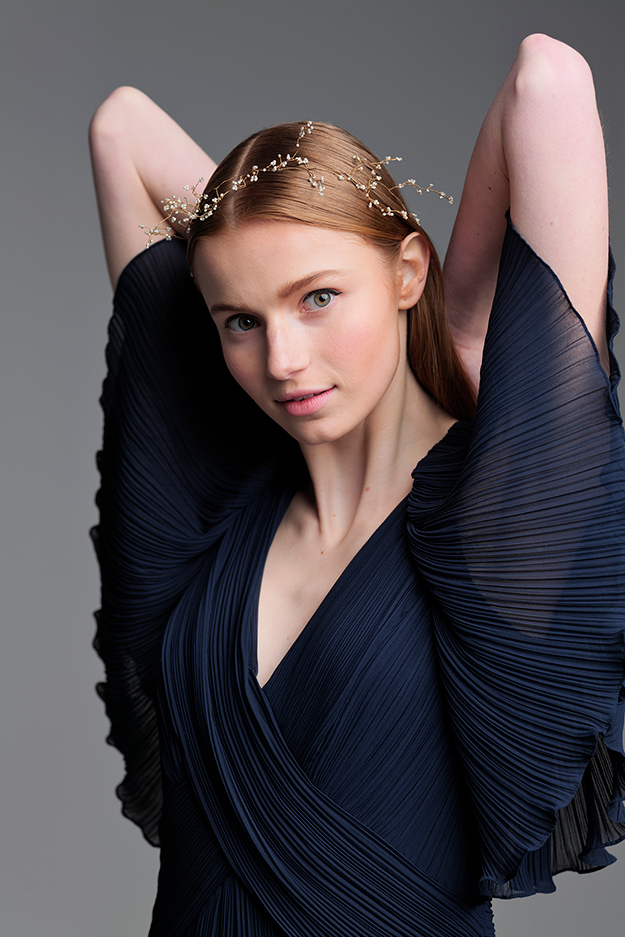
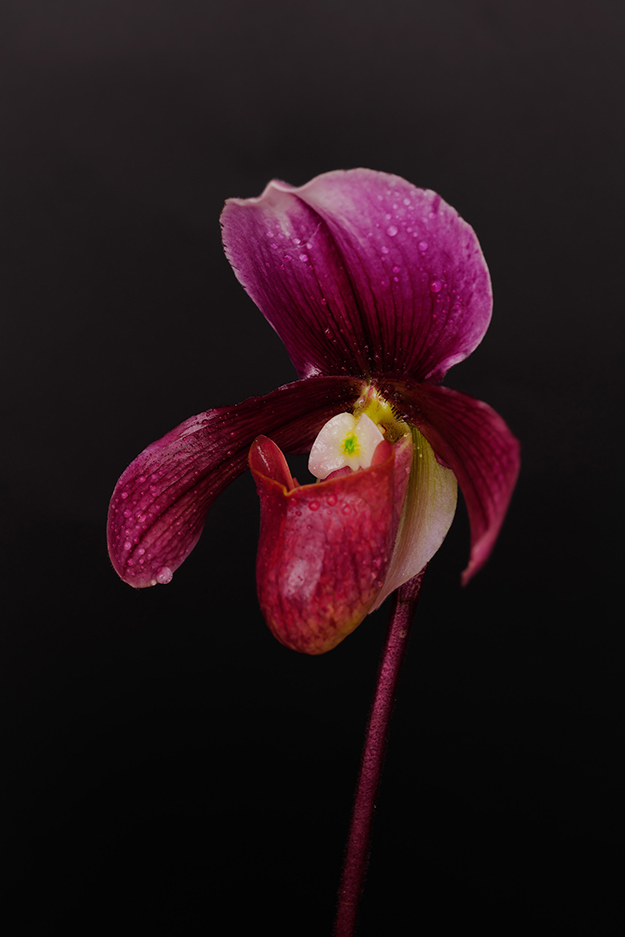
It comes as no surprise that the lenses are designed and built to the same principles. Watanabe: ‘The key concepts of the S-series lenses are high resolution without any compromise, beautiful bokeh with 3D effects, high-speed and high-precision AF support, high mobility thanks to image stabilization, and also superb video performance. High resolution is the most important feature when creating lenses, as they are key to benefiting from the full potential of sensor technology, both now and in the future. Second is the beautiful bokeh with 3D effects that gives these lenses their unique expressive quality. When developing the S-series lenses, we focused on how we can express our unique style in photography. We also explored the intangible aspects of what it means to render an image as “alive” or “realistic.”’
It’s not only the optical designs that LUMIX is creating that will meet the exacting standards of photographers and filmmakers: the L-mount alliance ensures compatibility with partners like Sigma and Leica who are also creating stunning optical designs and lenses for this system. This testifies to our unwavering dedication to create a system that is here to stay and will offer its users a very wide selection of lenses.’ Watanabe smiles and continues, ‘The camera industry is experiencing a growing demand for performance not only in photography but in videography as well. The S-series lenses are developed to be future-proof, and are designed to enable professional photographers, videographers and cinematographers to achieve new expressive potential.’

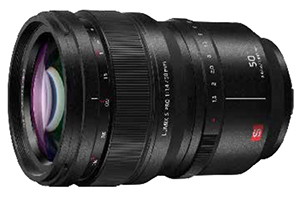
LUMIX S PRO 50mm f/1.4
A large-aperture fixed focal length lens that forms the core of the LUMIX S Series of lenses. Constructed of 13 lens elements in 11 groups; 2 aspherical lenses and 3 ED (Extra-low Dispersion) lenses effectively suppress both axial chromatic aberration and chromatic aberration of magnification. A double focus system combines a linear motor and stepping motor to achieve sensor drive at a maximum speed of 480 fps for fast, high-precision autofocus. The focus clutch mechanism enables both instant AF/MF switching and accurate manual focusing. Focus breathing is suppressed, making it an excellent choice for video recording. The 11-blade circular aperture diaphragm creates smooth and beautiful rounded bokeh in the background. The lens is built for rugged use and extreme environments and designed to be dust, splash and freeze-resistant. The Panasonic LUMIX S PRO 50mm lens delivers impressive image quality and stunningly high resolution with descriptive performance from center to corners of the image, setting a new standard. The S PRO 50mm is designed without compromise.

*This article is sponsored by Panasonic, to communicate the benefits of S-series lenses. Please support this site by clicking through and checking out Panasonic's LUMIX S-series line of full-frame mirrorless cameras and lenses here. Articles like this help support the work we do at IR; please let us know your thoughts in the comments below.
[Flower photography by: Munemasa Takahashi Model photography by : Hideki Kono]

